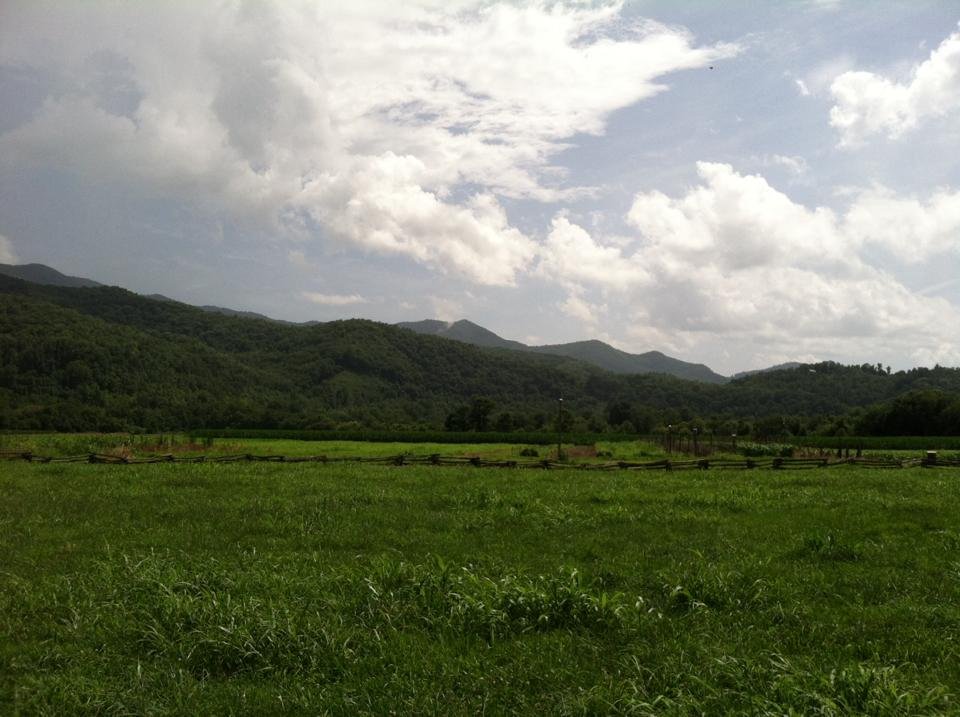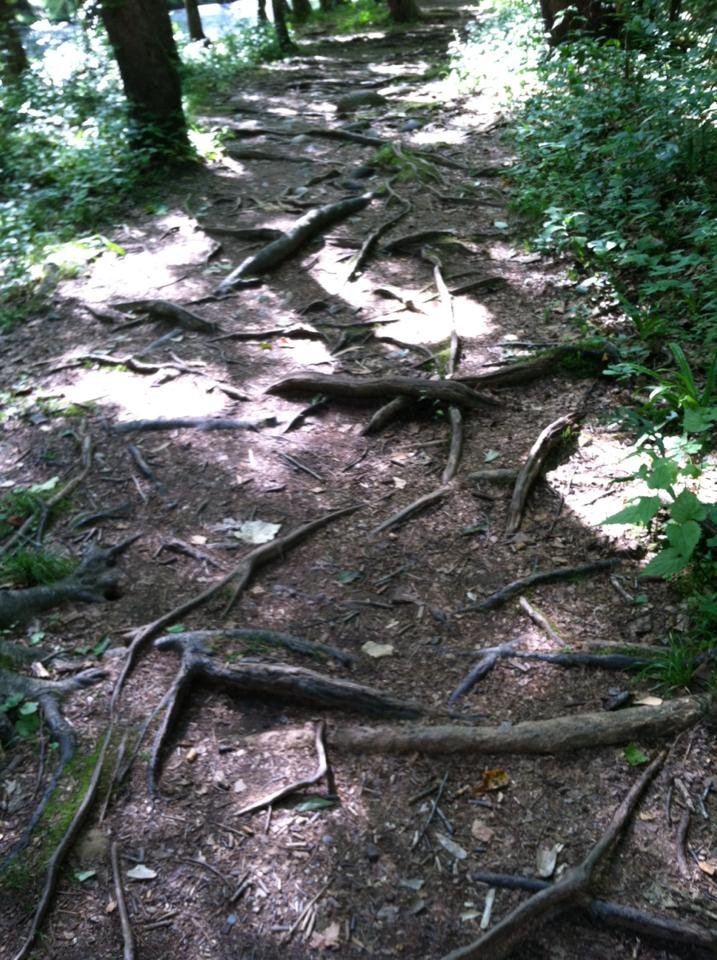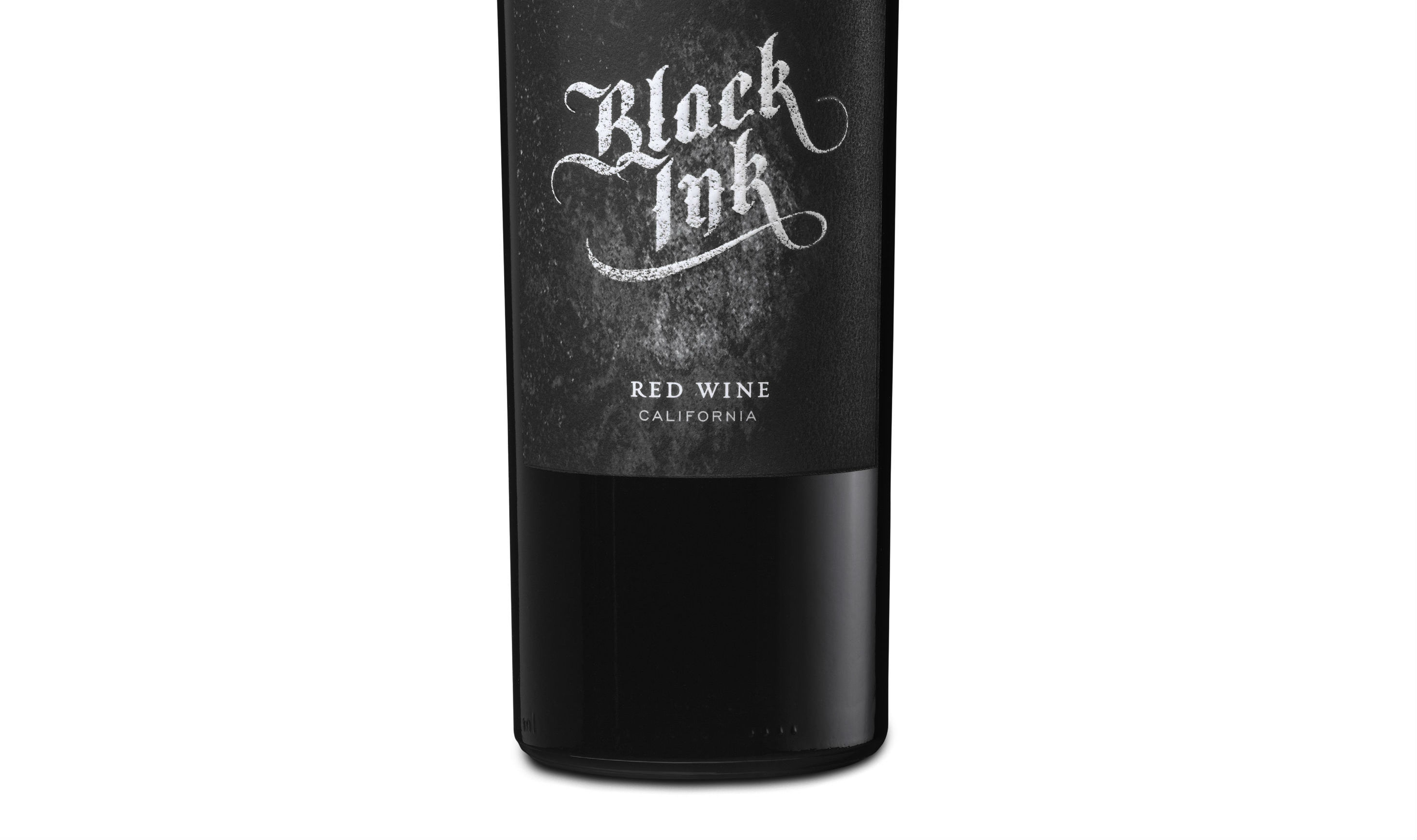
Life with the Cherokee

Cherokee, North Carolina entwines the traditions of the past with the modern conveniences of today in an effort to preserve their beautiful, intricate culture. From storytelling to bonfired pottery to expressive dances, the Cherokee customs are alive (and thriving) in this small town neighboring the Great Smoky Mountain National Park. During my stay, my eyes were opened to the Native Americans’ appreciation for nature, unity and balance. My perspective on the Cherokee and on the world, was changed; may yours be, too.
I was given the opportunity to participate in several Cherokee rituals over the course of a week, perhaps most notably in my immersion in nature. John-John Grant, Mike Crowe, J.D. Arch and Last Bear Wilnoty were my guides during my visit and they took me a variety of places: Kituwah, the Mother City; Mingo Falls; Islands Park; Deep Creek; and Bryson City. Each location had a significance, whether it be for a religious ritual or storytelling or simply getting away.
On a walk with Last Bear, he pointed out various leaves, roots and flowers that the Cherokee utilize in medicines; Mike explained that if one takes something from nature, one must leave something behind as a thank you. John-John claimed that for every creature on this planet, there is a corresponding story for that creature. For example, the mole became squinty-eyed after staring at the sun for too long, and the chipmunk got its stripes from a grumpy bear. The eagle flew to space to hang up stars, causing his head to freeze white from frost.
Speaking of stories, this is another fantastic element of Cherokee life. The art of storytelling is sacred, and the position of storyteller can only be passed down to the smartest and brightest in the village. It’s a great responsibility to memorize and recount every story relevant to the Cherokee culture. John-John is a storyteller of this town, and he captivated me with his tales of “How to Follow Directions,” “The Story of the Blanket” and “The Story of Night and Day.” In Cherokee society, stories are used to retell historical events, to explain why things are or used to administer a lesson to a misbehaving child. J.D. shared that storytellers wear a special belt called a “walking belt,” formed out of beads made from seashells, called Wampum beads. Each bead on the belt represents a story and these stories walk through time, hence the name. I was so in love with this idea, I purchased my own Wampum shell before leaving.
If there’s one thing the Cherokee taught me during my visit, it is the importance of history and heritage. The Cherokee have a tragic history, from racial stereotyping and abuse from English settlers to the Trail of Tears. Yet in spite of these past grievances, they are incredibly full of love and giving. Part of their culture is to be communal and hospitable, and that’s what they showed me. In living out their generosity, they freely gave knowledge to me. They spoke reverently of their ancestors, they candidly explained how they healed from past mistreatments at the hands of settlers, they shared their hopes and ideas for the future, for unity in our nation. Their positivity and eagerness was awe-inspiring, humbling and incredibly moving.
I was able to experience their history more realistically through the power of Unto the Hills and the Oconaluftee Village. Unto the Hills is an outdoor drama performed by Cherokee residents that demonstrates the groundwork and aftermath of the Trail of Tears. Their reenactment was quite gripping; I was shaken by the end. The Oconaluftee Village is a replica of what a Cherokee village would have looked like in olden times, with employees wearing period clothes, buildings made in period style, etc. There were various “stations” to walk through and talk with employees, such as a trapping booth, weaponry booth, canoeing booth, trading booth and basket-weaving booth. Both of these productions gave me a first-hand glimpse into the life and past of the Cherokee.
The Cherokee are very much lovers of life and enjoy singing, dancing and music with fervor. In their tradition, dancing is a way to express celebration, joy, prayer and fellowship. On my second to last evening in Cherokee, there was a bonfire in Islands Park, while John-John told stories and sang to the audience. Upon finishing, John-John asked Last Bear and his wife, Cota Bear, to lead a dance in which the audience could participate. It was called the Friendship Dance and it was a beautiful, unifying way to close my week. To see natives and Caucasians, elderly and young, male and female, all celebrating and laughing together was to see potential in humanity.
I look forward to visiting these great people, my friends, again. Cherokee do not have a word for goodbye in their language; they believe they will always see each other again, either in this life or the next. They simply say until we meet again.



![Wickedly Good Halloween Cocktails [COCKTAIL TIME]](https://luxebeatmag.com/wp-content/uploads/2024/10/Diplomatico-Rum-Blood-Moon-Negroni-150x150.jpg)






































